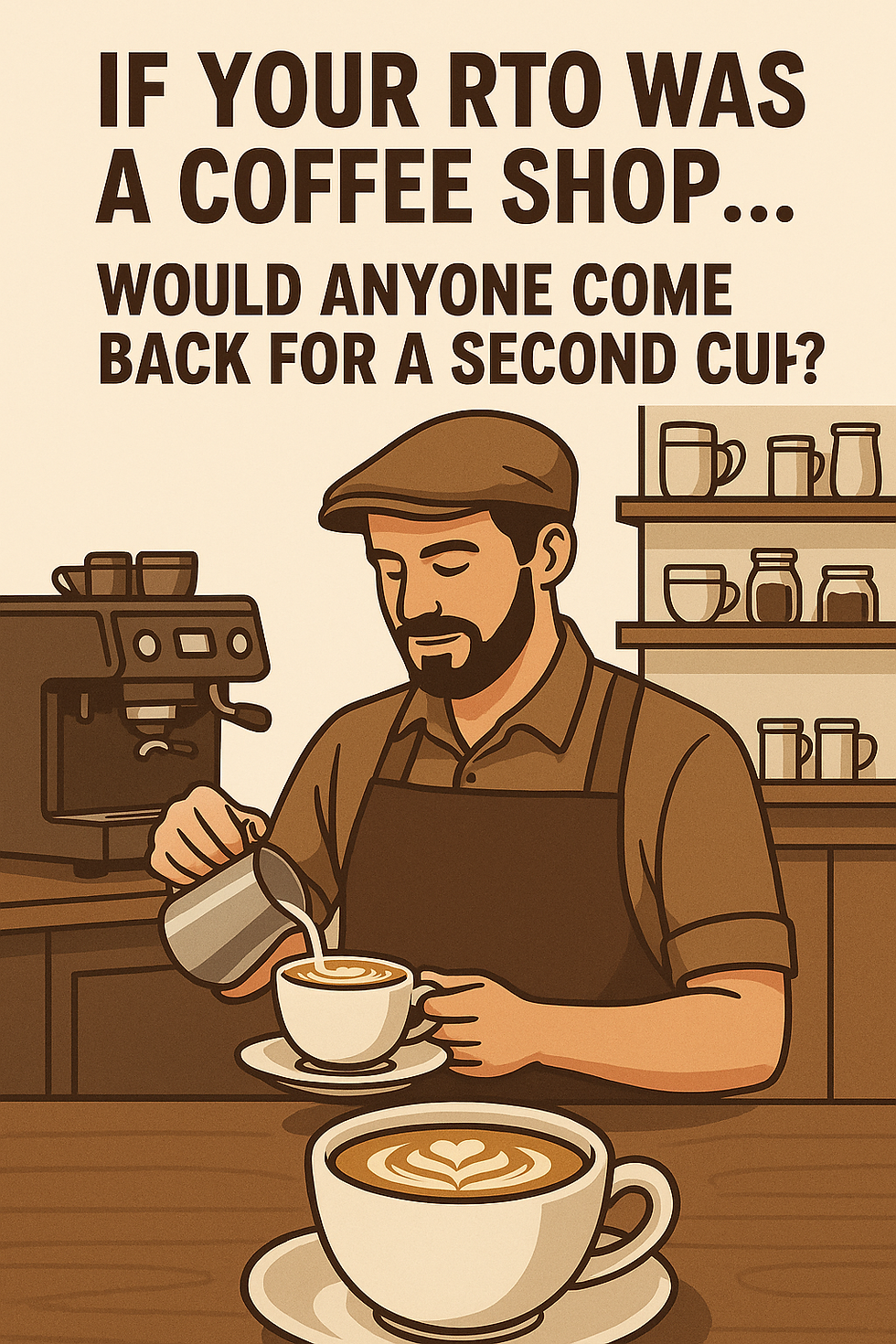From Reaction to Readiness: Why Scenario Planning Matters for VET
- Specialised VET Services

- Sep 27
- 2 min read

Thank you to everyone who joined our recent session on scenario planning. The session asked you to stretch your thinking - that is exactly what scenario planning is meant to do: help us step beyond the familiar and prepare for futures that are different to today.
Why Scenario Planning?
Vocational education is one of the most fluid parts of the education sector. Policy settings shift, subsidy schemes alter and compliance audits tighten or relax. At the same time, learners and employers push for shorter, modular programs that deliver immediate job outcomes.
This creates a constant tension. Providers must remain compliant and stable while also demonstrating agility and relevance. Scenario planning helps resolve that tension. It does not attempt to predict the future, but explores multiple possibilities and allows you to test whether current strategies remain sound across different conditions.
What Scenario Planning Offers
The session emphasised three core benefits:
Reducing uncertainty – scenario narratives give structure to ambiguity and turn vague concerns into manageable alternatives.
Improving risk management – contrasting futures expose weaknesses in assumptions and build readiness for rare, but significant events.
Guiding investment – strategies can be tested against more than one outlook, ensuring resources support dependable outcomes.
The Five-Step Framework
Good scenario planning follows a disciplined process:
Identify key drivers of change – such as funding architecture, employer demands, digital capability and workforce readiness.
Define critical uncertainties – the high-impact, unpredictable factors like sudden policy reversals or technology adoption.
Build plausible scenarios – coherent, contrasting futures that expose assumptions.
Test strategies – examining which decisions hold up across all scenarios and which fail.
Monitor signals and adapt – linking strategy to observable changes in the environment.
Four Possible VET Futures
We worked with four examples to illustrate how scenarios change the questions we ask:
Regulated dominance – strong compliance focus, limited flexibility.
Market-led innovation – rapid employer-designed short courses and micro-credentials.
Technology disruption – AI-driven platforms and global competitors.
Collaborative ecosystems – regional partnerships and co-designed pathways.
Practical Use for Trainers
Scenario planning is not just for managers, trainers can apply the same thinking in their own work:
Curriculum design can be stress-tested against different industry futures.
Classroom exercises can involve learners in considering how their occupations may evolve.
Employer discussions can shift from immediate skills gaps to longer-term capability needs.
A Final Thought

Scenario planning is not about being right. It is about being ready. By applying structured thinking to uncertainty, VET professionals can move from reaction to foresight.
For those who joined the session, thank you for engaging with ideas that were deliberately demanding. For those who missed it, we hope this overview sparks interest in exploring scenario planning further.
The sector will not stand still, and neither should our strategies. VET educators and leaders can act with confidence when they build the habit of considering multiple futures, knowing that they have already thought through what tomorrow might hold.
-Guest article by Professor Stuart Orr
For more information about scenario planning, see the recorded session or enrol in the Strategic Concepts program


